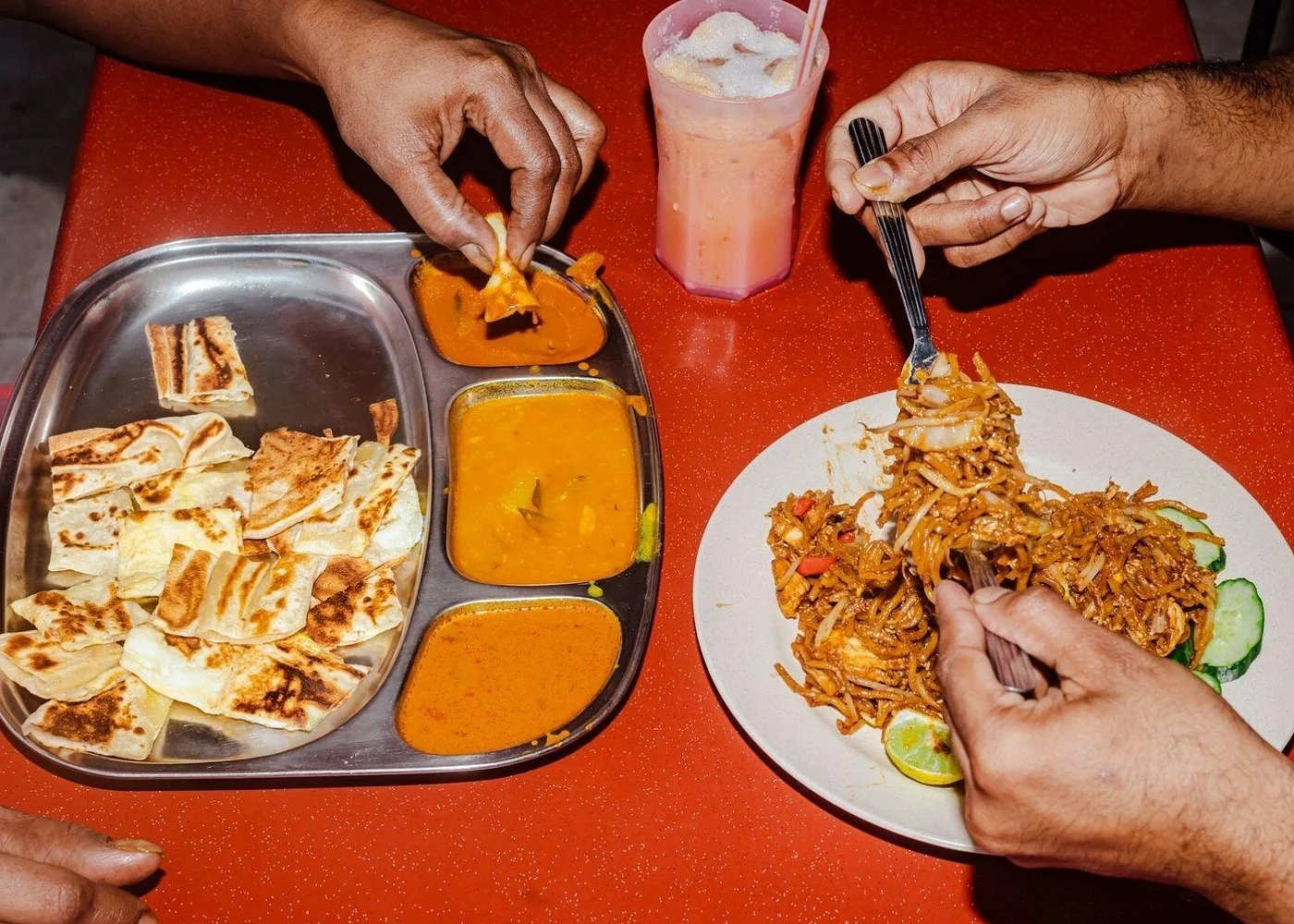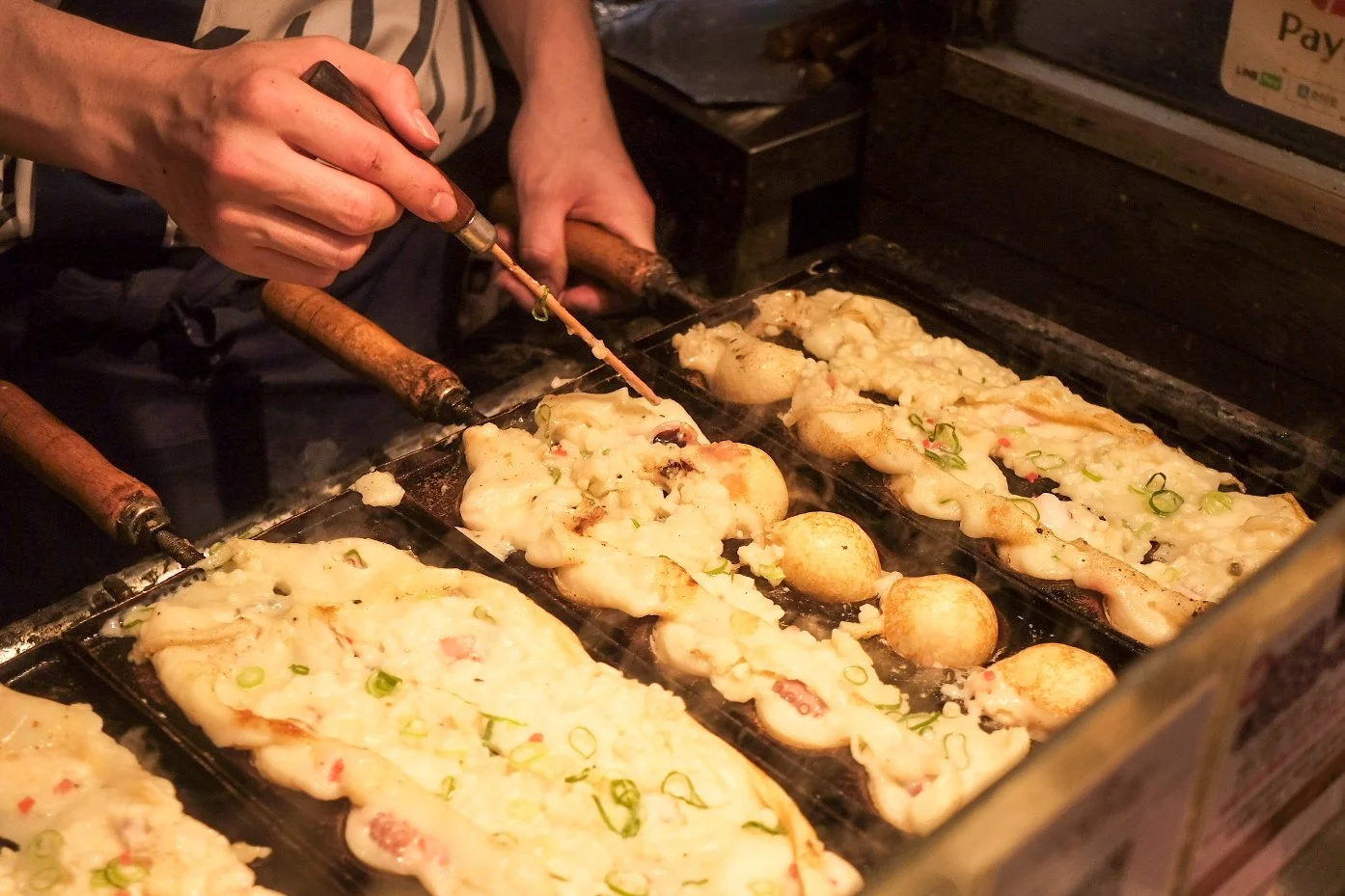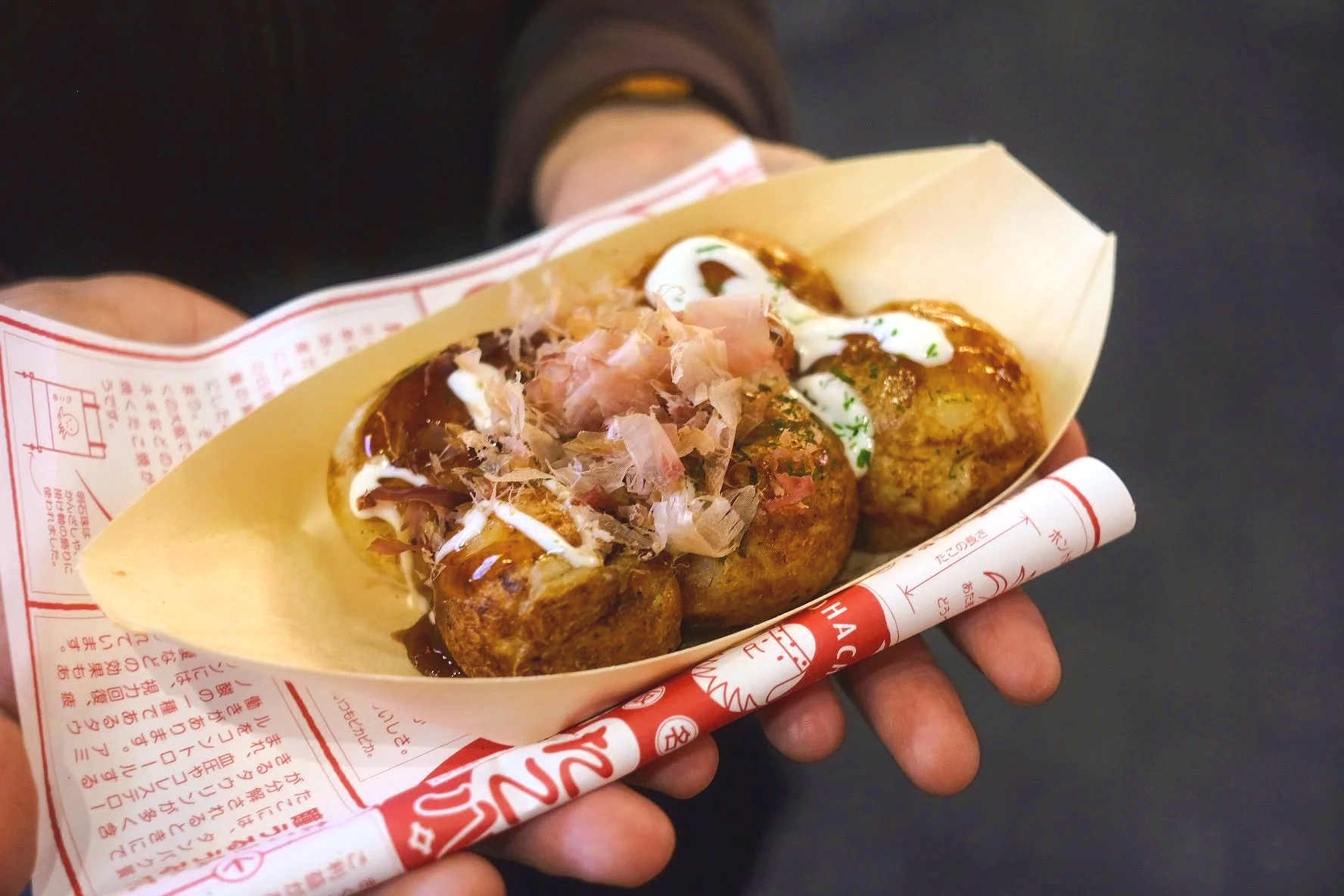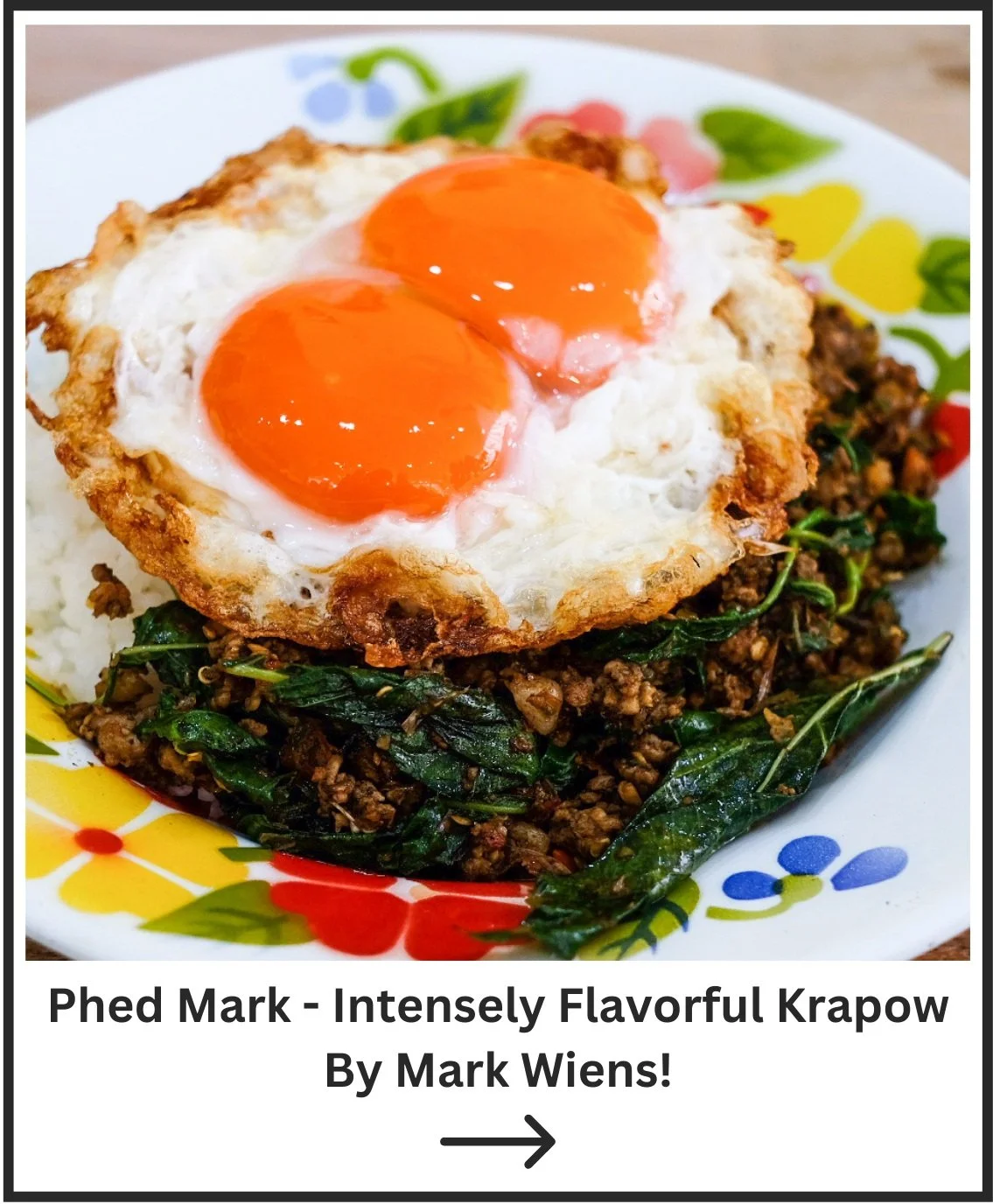What is Korean BBQ? The Ultimate Comprehensive Guide
Juicy delicious meats grilling away over hot charcoal
What is Korean BBQ?
Korean BBQ is a method of grilling different types of meats over a charcoal grill built in right in the middle of the dining table. The meat is served raw to the customer so that they can cook it themselves to their desired done-ness.
The meats vary in animal, cuts, and marinades so there’s plenty of options to choose from. However, meat is only a small part of this feast. It’s common you’ll find a large selection of side dishes, vegetables, and drinks that play an equal part to meat in this dining experience.
Wait, I have to cook my own food?
Yes!
Korean BBQ is not just about eating (although that’s a big part of it), it’ also about the social aspect. Usually you would go to these places in groups and spend the night away eating, drinking, sharing stories, etc. Cooking the food yourself opens up a whole world of making new friendships and strengthening existing ones.
Of course there are traditions and etiquettes that grew from this and I will be sharing some with you as we go along.
Differences Between Western Style BBQ
Korean BBQ mainly uses smaller cuts or sliced meats, while Western BBQ uses big chunks of meats. In addition the meats are usually prepared and smoked beforehand while in a Korean BBQ, the meats are cooked as you eat.
This ultimate comprehensive guide will explain all the necessities to teach you on how to eat Korean BBQ like a true local.
The Meats
Varied selection of different cuts of pork (from left to right: Moksal, Galmaegisal, Dwaeji Bulgogi )
When it comes to meats, all the staples are here: Beef, Pork, Chicken, Seafood, you name it. Although beef is a standard protein, the main star in Korea is the pork. Here are some of the meats you can find at a Korean BBQ establishment. There’s quite a few, but don’t be over-whelmed, Anything you order is guaranteed to be mouthwateringly delicious.
Beef
Along with pork, beef is the most popular option, Every cut is unique in flavor and texture tanks to the myriad of different cuts and marinades.
Galbi - Thinly sliced short ribs marinated in a sweet and spicy Galbi sauce
Bulgogi - Thinly sliced beef (commonly sirloin or ribeye) marinated in a sweet and savory Bulgogi sauce
Deungsim - Larger steak cuts of sirloin or ribeye
Chadolbaegi - Paper-thin slices of brisket
Nook gan sal - Marinated short ribs
Chimasal - A lean cut of flank steak
Pork
Pork is no joke here. If you don’t like beef or cannot eat beef due to religious or dietary reasons, no fear as there are a wide selection of juicy, fatty, lean, and tender pork options for you to choose from.
Samgyeopsal - Non-marinated Pork Belly (A favorite and highlight amongst many)
Hangjuksal - Pork Jowl (Harder to find as one pig only has 200g worth)
Moksal - Pork chops form either the shoulder or neck
Galmaegisal - Thinly sliced skirt meat
Dwaeji Bulgogi - Sliced pork marinated in a spicier version of the bulgogi sauce
The smoky flavor of the charcoal adds another dimension to the flavor
Chicken
Although not as popular as beef or pork, there are still quite a few respectable options for chicken. Note that many of these cuts are marinated in spicy sauces, that’s just how it is in Korea.
Dak Bulgogi - Chicken marinated in a sweet and savory Bulgogi Sauce
Dakgalbi - Chicken marinated in a sweet and spicy Galbi sauce
Seafood
Admittedly, seafood is not a popular option compared to the other meats but they are available in most restaurants if you wish to feast on the deliciousness of the ocean.
Squid - Regular grilled squid
Scallop - Regular grilled scallops
Prawns - Regular grilled prawns
Clams - Regular grilled clams
Mussels - Regular grilled mussels
These are just the tip of the iceberg, there are many more exotic and less common cuts that you are able to find in more authentic places. Things like: Ox Tongue, Intestines, and Lamb may be hard to find but if you are the adventurous type, ordering these cuts will yield you a flavorful treasure like other.
Vegetables
In addition to all the delicious meats, Korean BBQ is also heavy on the vegetables, most of these are served in the form of Banchan (which I will explain later on) but some are served to you fresh to be grilled or eaten raw.
Some examples of common grill-able veggies are:
Pumpkin
Eryngii Mushrooms
Garlic (can be grilled or eaten raw, personally I like to grill them for a bit to bring out more flavour)
Onion
Peppers
Some examples of veggies that are eaten raw are:
Lettuce leaves
Perilla Leaves
All of these vegetables means that Korean BBQ is probably one of the healthiest cheat meals you can have as it won’t leave you feeling guilty for taking in enormous quantities of fatty (or lean) protein.
The Side Dishes
A plate of korean fried chicken, Japchae, Pork Katsu, Jeon, grilled Tteokbokki, Stewed pork
Side dishes play an important role, stuffing your mouth full of fatty meat is nice and all but you’d want something to cut through the oil and grease, not to mention some new flavors to add complexity to your meal.
Side dishes in a Korean BBQ can come in many shapes and sizes, In this section I will talk about the bigger dishes you can get. These dishes could serve as a full meal by themselves, but given the social aspect, these dishes are meant to be shared of course.
Although these are technically Banchan, I think it would be best to categorize them differently as these are pretty heavy dishes compared to traditional Banchan.
Some examples of side dishes you can order are:
Ramyeon - Korean instant ramen noodles
Jjajangmyeon - Noodles in black bean sauce
Jeon - Korean pancake
Dakgalbi - Chicken cooked with Gochujang (fermented chili paste) sauce and sometimes topped with mozzarella cheese
Naengmyeon - Cold Noodles in light broth
Bokkeumbap - Fried rice (usually fried with kimchi)
Gyeran-jjim - Steamed egg
Here are two of my personal favorites:
Jeon (Korean Pancake)
Jeon(s) come in many varieties with the most popular being: Haemul (seafood), Kimchi, and Pa (green onion) Jeons.
They’re made with flour, egg, salt, and water usually eaten as an appetizer served alongside a spicy and sour sauce.
Paired with Makgeolli (sweet sparkling rice wine) and you have the perfect drunk food pairing
Gyeran-Jjim (Korean Steamed Egg)
This silky, custardy steamed egg dish is truly one for the soul. It’s the perfect pairing to cut through the oily-ness of the grilled meat.
Sometimes you can find Gyeran-jjim with melted cheese on top like this one here.
What’s a Banchan?
3 examples of Banchan: Cucumber Kimchi, Potato strips, regular Kimchi
Here I can finally explain to you what in the world is a Banchan.
First of all, it’s not just a it’s the Banchan(s).
That’s right, when going to a Korean BBQ you are served multiple Banchans. They are an essential part of the whole dining experience and the best part is… They’re all free and refill-able (at least they’re suppose to be. If a restaurant is charging you for Banchan then I suggest you leave and find a better place).
So what exactly is Banchan? They’re basically side dishes but in a smaller portion and often made from vegetables or little ingredients that you would normally snack on.
Some examples would be:
Seasoned soybean sprouts
Seasoned boiled peanuts
Varieties of Kimchi
Seasoned spinach
Macaroni salad
Pickled radish
Even some fried insects if you’re feeling adventurous
The gist is there infinite possibilities you can have with banchan and they come in all sorts of flavors and textures. Do you want something spicy? Maybe a little sweet? Savory? Salty? Fishy? Creamy? Whatever your taste preference may be, there is always a Banchan out there for you.
There are 2 ways to eat these little side dishes.
Snack on them as you go, pair them with your meat or just eat them by themselves
Put them in a Ssam
What’s a Ssam?
No, it’s not a misspelling of the name ‘Sam’.
Ssam’s are basically lettuce wraps.
Ok, they’re a bit more than just a lettuce wrap.
A Ssam consists of a lettuce leaf as the base of the wrap, from there you can add your fillings. Often times you’d be given a perilla leaf to add to your Ssam. For those who are unfamiliar, Perilla leaves tastes a bit grassy with a hint of anise, they taste way better than what I just describe, trust me.
Koreans don’t normally eat their BBQ meats with rice as it is quite heavy on top of the already calorie dense meal. Therefore, a Ssam is a nice healthier alternative that won’t make you feel bad about your health.
The filling of a Ssam could be anything: throw in some hot freshly grilled meat, some kimchi, a slice of raw garlic, any Banchan that you like. Your culinary creativity is the only limit for this flavor packed morsel.
But there is one cardinal rule that you mustn’t break.
When making a Ssam always pair it with Ssamjang
Introducing Ssamjang and Sauces
Ssamjang is a thick spicy pasted made specifically for eating with a Ssam. Although you can use it as a general dipping sauce for your meat or vegetable (nothing wrong with that), the common way is to have it in your Ssam.
Ssamjang is made from fermented soy beans, red chili paste, sesame oil, onion, garlic, green onions, and more. Though, you’ll often find that restaurants have their own recipes for the sauce. Don’t be confused with Gochujang however, while these two are similar they are completely different and are used for different purposes.
Taste-wise it’s not too spicy, a bit salty and nutty.
However, Ssamjang isn’t the only sauce available at a Korean BBQ, another well known sauce is sesame oil mixed with salt and pepper. The taste is mild compared to Ssamjang and it pairs really well with non-marinated meats allowing you to appreciate the full flavor of the meat without any funky saucy flavors covering it up.
Other sauces you can find depends on the restaurant but I often see Wasabi and Soy Sauce being mentioned . I’m not entirely sure where these came from as I have never seen them on offer at any Korean BBQ places I’ve been to in Thailand (and a few in Korea). So I can only assume that it is an Westernized concept as these condiments are more widely known and associated with Asian cuisine over there. Nevertheless, Korean BBQ is all about creativity and experimentation with your food, so no harm at all.
What Beverages Pair Well With Korean BBQ?
“Geonbae” (Pronounced: Gom-Beh) is how you say cheers in Korean. Geonbae! | image from Unsplash
Drinks are another important part of a Korean BBQ meal. Being more of a social activity rather than a regular meal, most of the drinks you can find are alcoholic, That’s not to say that sodas, teas, and water doesn’t exist. They’re just over-shadowed by alcohol.
Alcohol
The main alcoholic beverages you’ll find are: Soju (rice wine), Beer, and the previously mentioned Maekgeolli. Some restaurants offer more creative options with their alcohol, for example a combination of Soju and bear called “Somaek”, or Soju mixed with yakult (a sour yogurt-y drink).
Soju, Beer, and Maekgeolli all come in different flavors. My personal favorites are Peach Soju and Grape Maekgeolli.
Soft Drinks
Not as popular, but some options exists such as Chilsung Cider which tastes similar to Sprite
Fruit Juices
You might find some places offering fruit juices such as apple juice, orange juice, and maybe even a fruit punch. I personally always go with a nice refreshing glass of fruit punch.
Teas
Traditional teas are also commonly on offer at most places. From green tea, to lemon tea, these teas are usually served iced as to contrast the heat from the meat.
Tips and Etiquette on How to Eat Korean BBQ
An effective solution to cutting meat, Scissors!
Here are some tips and etiquette on how to eat at a Korean BBQ restaurant.
Grilling Meat
Don’t be afraid to flip your meats, flipping multiple times can help cook it faster and develop a better crust.
Use scissors to cut bigger pieces of meat (Yes, they really do give you scissors, it’s an essential tool).
Cooking Non-marinated meat first helps with avoiding a burnt grill and smelly clothes from the smoke.
To keep meat warm move it over to the edge of the grill avoiding direct heat.
Don’t order to much, many places will charge you extra for wasting food.
Side Dishes
Try pairing your hot freshly grilled meat with cold Naengmyeon.
Often the meal is ended with a nice soothing bowl of Ramyeon.
At the end of your meal if your grill doesn’t have holes, you can make your own fried rice by adding in rice, veggies, meat, kimchi, etc.
Eat the Ssam in one bite. No, really.
Using your hands to grab a Ssam is totally acceptable, Just use chopsticks to pick the fillings.
It is common courtesy to offer to make a Ssam (and to feed them too) to your friends, family, or significant other.
Don’t stab your chopsticks into your bowl of rice. It’s considered rude.
Drinking
When drinking with older people, pour the drink into their glass and make sure it’s filled first. Grab the bottle by the larger lower body and gently support your pouring arm with your other arm as you pour.
When you drink in front of and older person, look slightly away as you drink and cover your face with the palm of your other hand.
Don’t pour your own drink unless you are alone, wait for the elders to pour you a drink.

























